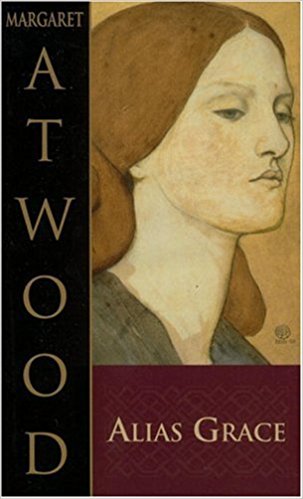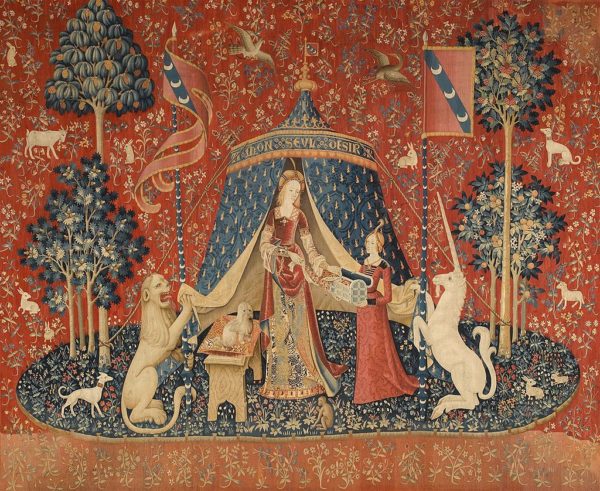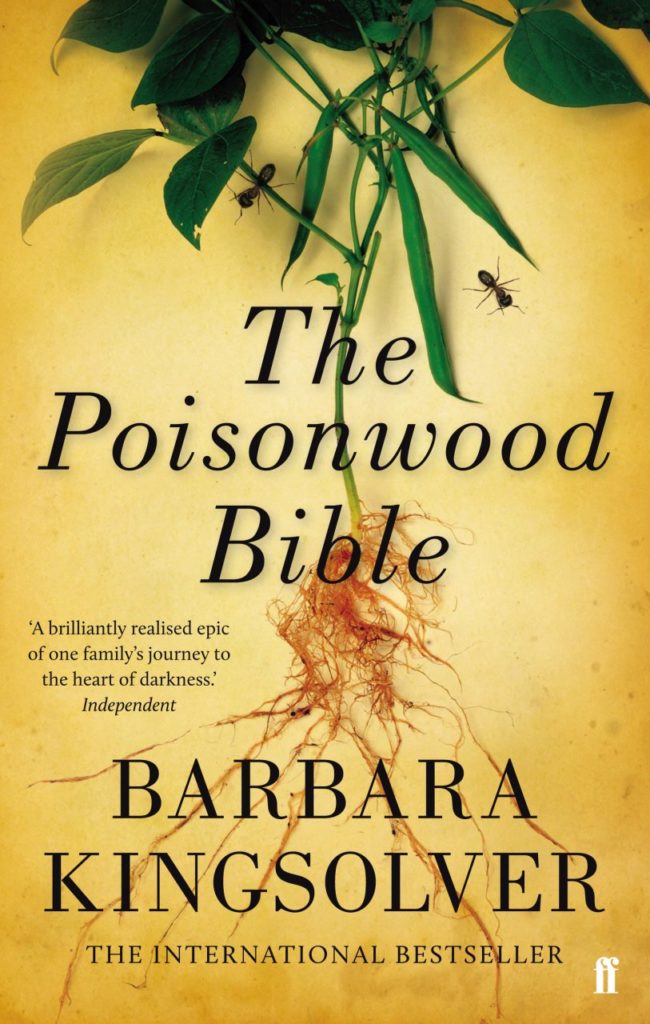A few years ago I wrote a thesis with its focus the mid-nineteenth-century painting by British artist Valentine Prinsep, ‘The flight of Jane Shore’. I researched Jane Shore’s life to the point of obsession and got to know this medieval royal mistress so well that I thought I could speak for her—write her story in the genre of historical fiction. But how do I write a fictional story that has an historical figure as its central character, and be sure that I am writing the truth, even if I have primary evidence to support my understanding of her? How can I make-up dialogue between Jane and two medieval monarchs, Edward IV and Richard III, the former who loved her (supposedly) and the latter who trashed and exiled her after Edward’s death? Maybe it’s easier to create an imaginary character like the young woman whom Tracey Chevalier made famous in her novel, ‘Girl with a Pearl Earring’, based on the unknown female sitter in Jan Vermeer’s seventeenth-century painting of the same name.
I enjoy the history in fiction when it is written by authors who lived it, such as Thomas Hardy’s fate-driven Wessex romps and Henry James’ American-European ‘social realist’ novels such as ‘The Princess Casamassima’. When I was studying Henry James at university, what has stayed in my memory is his scathing rebuke of historical fiction in a letter written to American novelist, Sarah Orne Jewett (5 October 1901). She had (bravely) sent him a copy of ‘The Tory Lover’, her novel centring on life during the American Revolution. James writes (the italics and capitalisation are his):
“The ‘historical novel’ is, for me, condemned, even in cases of labour as delicate as yours, to a fatal cheapness … You may multiply the little facts that can be got from pictures & documents, relics & prints, as much as you like—the real thing is almost impossible to do, and in its essence the whole effect is as nought; I mean the invention, the representation of the old CONSCIOUSNESS, the soul, the sense, the horizon, the vision of individuals in whose minds half the things that make ours, that make the modern world were non-existent …” (sourced from Inga Clendinnen’s essay ‘Agamemnon’s Kiss’, 2006, p. 206)
Margaret Atwood’s concerns about historical fiction are along similar lines, emphasising the lack of direct experience with the time and the place: “fiction set in a time before the writer came to consciousness”. How do writers of historical fiction overcome this lack of “old consciousness”? Atwood would have written her historical fiction novel, ‘Alias Grace’ (1996), with this dilemma in mind. The story reconstructs an infamous crime in Canadian history centring on young Grace Marks who, in 1843, was convicted of murdering her employer, Thomas Kinnear, and his housekeeper/mistress, Nancy Montgomery. I appreciated the author’s research notes in the book, which set out the historical background, supplemented with a full bibliography. This adds credence to the genre of historical fiction that ‘permits’ the author to fill in the gaps and imagine what might have been said between historical figures, or what might have happened in the back streets and behind closed doors. In ‘Alias Grace’, Grace is an unreliable narrator and the ending is not neat, which perhaps is Atwood’s way of overcoming some of the problematic issues of historical fiction; however, rightly or wrongly, Atwood’s Grace is a fictional representation of a historical figure. Call me a coward, but if I wrote a fictional novel about Jane Shore (others have been braver than me) I would flake at the first accusation of historical inaccuracy. But how reliable is history anyway?

front cover painting, ‘Head of a Girl in a Green Dress’(Elizabeth Siddall), 1850-1865, by Dante Gabriel Rossetti.
In Henry James’ opinion, historical novels should only be written about events that occurred up to fifty years previously; “beyond that, he said, the novelist was condemned to the gruesomely false or the merely picturesque”. (Clendinnen 206) With James’ mantra in mind (and an open mind), when I read, assess and edit historical fiction, I am on the lookout for how well the writer re-imagines the past and if I can identify any obvious failings in authenticity. Sometimes it is apparent that the author has researched insufficiently: there is a sense that the fiction controls the author and gets in the way of any semblance of truth.
On Friday 1 September I sat in on a Melbourne Writers Festival session, ‘History & Place’, with speakers Hannah Kent and Tracey Chevalier unashamedly (who can blame them?) promoting their latest books: the former, ‘The Good People’, and the latter ‘At the Edge of the Orchard’. For an hour in front of approximately 600 people, they talked about how they go about writing historical fiction, their love of research and their common goal of bringing historical figures to life in the place they inhabited, as truthfully as they can. The narratives of both novels are set in the nineteenth century with the central characters (powerless, wretched women caught in the net of poverty and lack of education) being shaped by external circumstances and affected by the social mores of the time. Kent claimed that she found an article from an historical record about two women accused of murdering a child in rural, mid-1820s Ireland. She spoke of “true stories that niggle” at her imagination, and emphasised that filling in the gaps is challenging; she also warned of writing historical fiction with a contemporary mindset.
Both writers discussed landscape as being “character in itself” and unequivocally shaping destiny; they visited the places in which their novels are set to give them a clear sensory experience of the geography their characters inhabited. Kent stayed in an Irish farmer’s B&B and trudged around his muddy paddocks. According to Chevalier there’s also plenty of mud in her latest novel; she visited a sequoia forest so her characters would know what it felt like to walk on the spongy, layer-upon-layer of pine needles, and know that they wouldn’t be able to hear the wind because the branches were so high up the tree. But there has to be a good story and at times these novels get stuck in the mud too often.
Researching place can have its personal advantages. Jane Sullivan wrote a review in The Age (9 September) of Chris Womersley’s new historical (supernatural) novel ‘City of Crows’, set in Paris in 1673. I doubt if there’s much, if any, rural slosh and mud in this book. According to Sullivan, Womersley made “good use” of his Australian Council grant to rent an apartment for six weeks in the trendy, high-end Marais district of Paris. Of course, during that time he wrote, visited galleries, museums, the Bibliotheque Nationale, and “strolled the streets”. Sullivan adds that “even the Parisians Womersley observed added to his sense of place”, and she quotes him: the way they [Parisians] relate to each other, at times it’s extremely courteous but it can also seem abrupt.” I wonder what Henry and Margaret would have to say about Womersley’s lack of “old consciousness” and direct experience of seventeenth-century Parisians?
And now for one of my favourite historical fiction novels: ‘The Poisonwood Bible’ by Barbara Kingsolver. In the early 1960s seven-year-old Kingsolver watched as her American parents vaccinated people against smallpox in the Republic of the Congo. She described her time there as a “grand adventure in a forest full of snakes and lions, with cobras on the doorstep”. Three decades later, she contemplated the historical and political significance of that time and wrote a heartbreaking story, which was published in novel form in 1998. Drawing on her childhood memories, Kingsolver’s central characters were the fictional female family members forced to accompany their husband/father, an American Baptist missionary, to the Belgian Congo (later Zaire) during the 1960s. Here he practices his manic evangelism with little regard for the welfare of his family. Recent history comes to the fore as readers are made aware of the greed of the US and Europe as they fought for the mineral wealth of the region—a turbulent time in its history. The family endures ant plagues, floods, wild animals, lack of decent food, and death by a green mamba bite. The story is compelling, the place is depicted vividly from the author’s first-hand experience as a child, and the characters are simply exquisite—I doubt they will be erased from my memory.
A passion for research doesn’t always translate into compelling fiction. Trying too hard to incorporate research-justifying detail can make historical fiction a grind to read. This genre can be illegitimate, and inaccurate, in its attempt to replicate the past, but those writers who excel at the genre are able to shift readers’ focus from authenticity towards an emotional response to history, its place and its characters.
For me, Henry James’ words are burned into my psyche, which is why my germ of an idea of a historical novel whose protagonist was a real woman who died in 1527 remains just that. Thankfully there are other writers less cowardly than me.
 Manuscript Assessments Melbourne
Manuscript Assessments Melbourne
If you’re ready to have your manuscript assessed, whether it is a complete manuscript or a work-in-progress, then you’re welcome to email me via my contact page with a brief overview of your project and I will respond within a few hours.
Featured image: The Lady and the Unicorn, c 1484-1500, tapestry, Musée national du Moyen Age, Paris. This tapestry is one of six medieval Flemish tapestries depicting the senses. I saw these magnificent tapestries in 2012. The historical fiction, The Lady and the Unicorn (2003), is Tracy Chevalier’s attempt to unravel the mystery behind this masterpiece.






